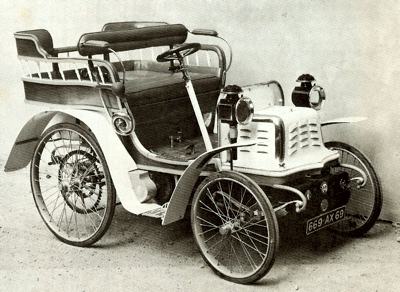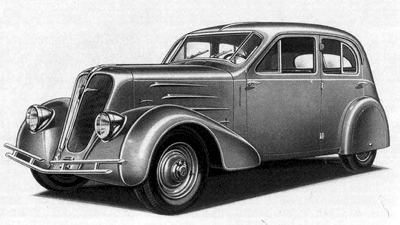|
FN
|
1897
- 1935 |
Country: |
 |
|
Despite many attempts, Belgium has never established itself as a car-manufacturing nation, and for decades Belgium has merely acted as host for foreign manufacturers' assembly plants, notably General Motors and, in the 1970’s, British Leyland.
The Golden Age of Belgian Motoring
In the early days of motoring, the country boasted several respected manufacturers like Minerva, Imperia, Excelsior, Metallurgique and FN, but one by one they fell by the wayside, leaving the market wide open or foreign firms. The small home market and appalling pave roads were great deterrents for Belgian manufacturers, as they were obliged to build very dull, strong cars which could also be exported to countries already used to sophisticated cars. They invariably proved to be failures.
FN was one of the country's longest-lived car makers, as it built cars between 1899 and 1939, albeit in rather small quantities. FN stands for Fabrique National d'Armes de Guerre and, as the name suggests, it was mainly engaged in building armaments. The first FN car was a twin-cylinder, chain-driven dog cart, with a two-speed gearbox. This sold remarkably well for the period, and no fewer than 100 appeared in the first year of manufacture, and the company persevered with dog carts until 1906, when it began construction of a much bigger car under licence from Rochet-Schneider.
This dull but well made car set the pattern for FN for many years to come, as the company then concentrated on building sturdy, unexciting cars. The side-valve Rochet-Schneider design was supplanted by an L-headed car with shaft drive, which, in turn, led to the more compact 2-liter type 2000 which was marketed in 1908.
The FN 1250
The engines began to get smaller: FN developed a 1245cc four-cylinder unit for the 1250 model, which was then enlarged for the 1400 and 1500 models-FN usually numbered their cars after the engine capacity. The Germans devastated the factory during World War 1, but afterwards, although it was slow to recover from the damage, FN began to build quite a large range of cars, ranging from the 1950, the 2200 and the 2700 to the large 3800.
All FN models were powered by four-cylinder engines and were available with a variety of bodies. However, the smaller cars proved more popular and FNs best-known car turned out to be the 1300, a relatively light car which was also available with open, four-seater, sporting bodywork. This was, at the time, a modern design, with an overhead-valve engine, front-wheel brakes and a four-speed gearbox.
 1901 FN Herstal.
1901 FN Herstal.
 1935 FN 42 A Prince Albert - the end of the road for the marque.
1935 FN 42 A Prince Albert - the end of the road for the marque. |
The 1931 Coupes des Alpes in the Alpine Trial
The 1300 and later derivatives, such as the 1400 and 1625, which remained in production until 1933, began to do well in competition, taking third place in the 1925 Monte Carlo Rally and class wins in Spa 12-hour races of 1925, 1926 and 1933. A team of three 1625s also won one of the coveted Coupes des Alpes in the Alpine Trial of 1931.
In 1928, FN also made a nbtable coup when a team of three 1300S became the first two-wheel-drive cars to cross Africa from Algeria to Cape Town. With the depression of the early 1930s, FN rightly felt that it would be unable to compete with the cheap American imports which were flooding Europe and it began to concentrate on bigger cars.
A 3.2-liter, side-valve, straight-eight engine appeared in 1930 and this powered the bigger FN saloons until 1935, but it made little impact on the depressed market. The 1625 gave way to the 2-liter model which was named the Baudouin, after a Belgian prince, but again this was not as popular as the 1625 had been.
The FNs of the '30s were quite advanced, usually featuring four-speed synchromesh gearboxes, stiff cross-braced chassis, rod-operated brakes and well made bodies, some of which were aerodynamically efficient and attractive to look at, particularly the Prince Albert saloon, which was available with a choice of either 2.2 or 3.8-liter engines.
To overcome high import tariffs, the Americans set up assembly plants in Belgium and the low-priced, unsophisticated US cars soon put paid to the Belgian industry. Most of Belgium's makers staggered on into the early 1930s, but they quickly died, leaving only
Minerva,
Imperia and FN.
FN effectively ceased being a car-manufacturing company in 1935, although cars were catalogued until 1939. The company was once again engulfed by the Germans in 1939, but it returned after World War 2 to make commercial vehicles.
